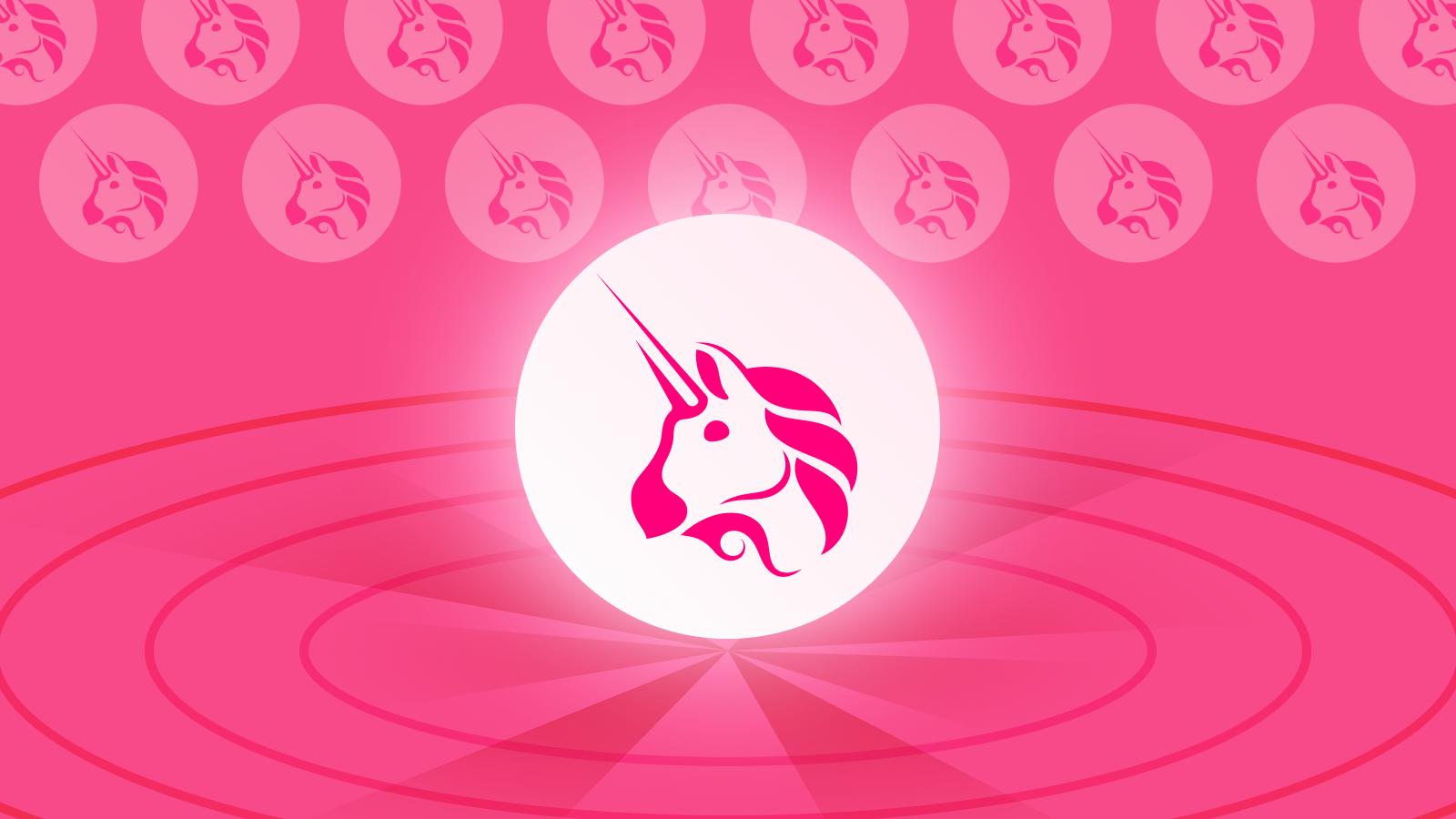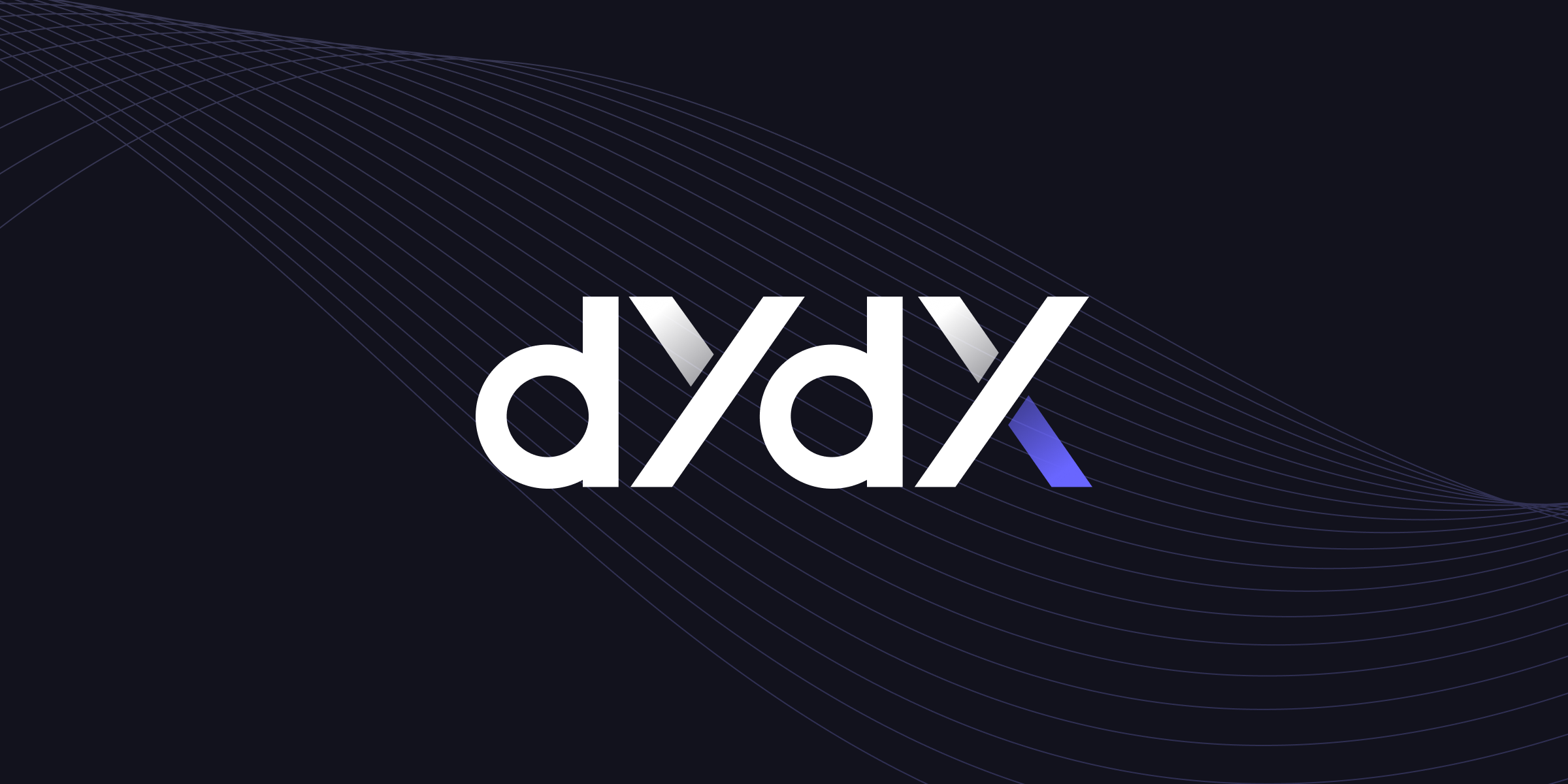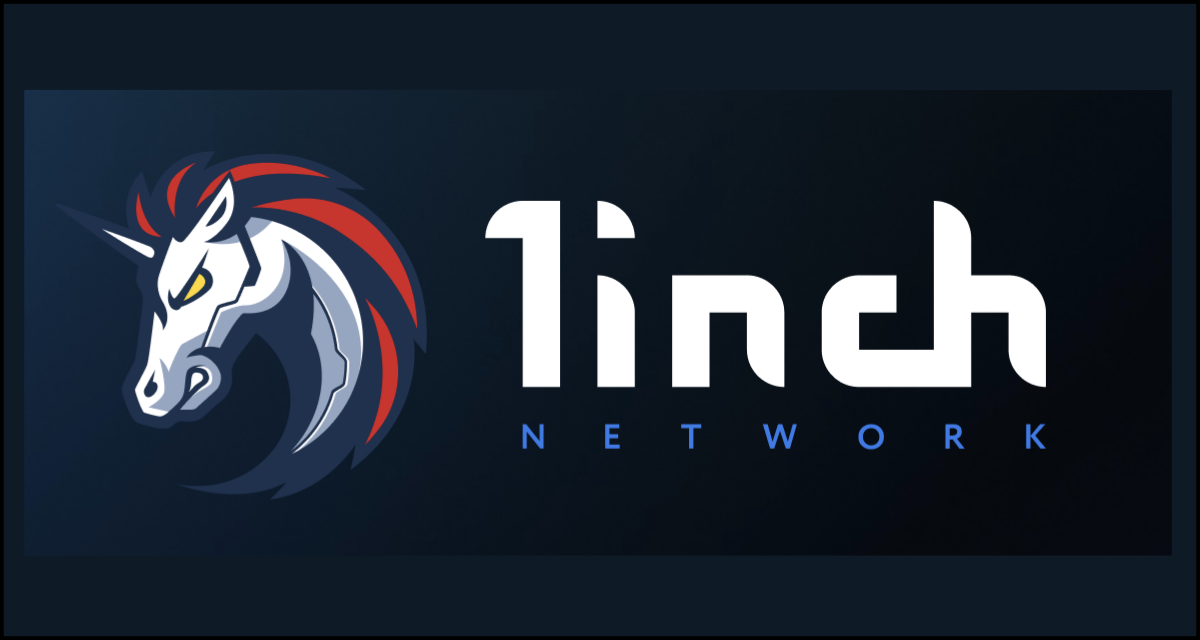A decentralized exchange, or DEX, is a platform that is used for trading cryptocurrencies directly between users without the need for a central intermediary. Decentralized exchanges are considered to be transparent platforms where buyers and sellers interact with each other directly. Therefore, the need for a third-party intervention to broker a deal between these two entities is eliminated.
The decentralized nature of this exchange is considered not only to be a transparent option for trading cryptocurrencies but also gives potential traders greater control over their assets and is considered to be more secure compared to centralized exchanges.
Suppose you are wondering how DEXes provide increased security. In that case, it is because, unlike CEXes (Centralized Exchanges), where assets are held in a central location, DEXes utilize smart contracts to facilitate trades without requiring users to deposit their assets on the platform. The decentralized model reduces the risk of a single point of failure, making it significantly harder for hackers to steal large amounts of user funds.
Limitations of Decentralized Exchange
While DEXes give you more autonomy and a secure medium to trade crypto, there are also limitations to these platforms that we have to inform you about as well.
Limited Liquidity
While DEXes offer a secure and transparent trading environment, they often face the challenge of limited liquidity compared to centralized exchanges. It means that there may be fewer buyers and sellers available to trade on a DEX.
Users might experience higher slippage, where the price they pay for an asset differs significantly from the quoted price. Executing large trades can be difficult due to the limited liquidity, potentially impacting market prices. Furthermore, some assets might not be available for trading on a DEX at all.
Inherent Complexity
Using a DEX requires a deeper understanding of blockchain technology and its associated concepts compared to traditional centralized exchanges. Users need to be familiar with crypto wallets for storing their assets and paying transaction fees.
Choosing the right DEX from the numerous options available, each with its features and limitations, adds another layer of complexity. Additionally, understanding how to interact with smart contracts and self-executing agreements that automate trade execution on DEXes is crucial for secure and effective trading.
Susceptibility to Technical Risks
DEXes are not immune to technical risks that are inherent to the decentralized nature of blockchain technology. Smart contracts, while providing automation and security benefits, can contain vulnerabilities that hackers might exploit to steal user funds or manipulate trades. Network congestion during periods of high activity can lead to slow transaction speeds and increased fees, disrupting the trading experience.
Ultimately, DEXes offer a valuable tool for anyone seeking to participate in the decentralized finance (DeFi) ecosystem. By understanding their strengths and limitations, users can make informed decisions and leverage this innovative technology to their advantage.
If you are not a user of any Decentralized Exchange (DEX) exchange but are intrigued by its characteristics and services, then here is the list of the Top 5 DEX exchanges that you can explore.
Uniswap

Uniswap is a DEX exchange that is built on the Ethereum blockchain. The exchange was launched in November 2018 and quickly became the go-to option for DEX users due to its user-friendly interface and an innovative feature that grabbed the attention of many crypto traders, which is its Automated Market Maker (AMM) model. Instead of relying on order books, Uniswap uses liquidity pools to facilitate trades.
Key features of Uniswap
- Automated Market Maker (AMM): Uniswap uses an AMM model to automatically set prices based on the supply and demand of tokens in its liquidity pools. The system is highly efficient and removes the need for order books or a central authority.
- High Liquidity: Uniswap boasts some of the highest liquidity pools among all DEXes, ensuring smooth and efficient trades for users.
- ERC-20 Token Support: Uniswap currently supports the trading of all ERC-20 tokens, which represent a vast majority of tokens on the Ethereum blockchain.
- User-Friendly Interface: Uniswap’s interface is simple and easy to use, even for beginners. Users can quickly swap tokens and view their balances and transaction history.
- Yield Farming Opportunities: Uniswap offers yield farming opportunities through its UNI token. Users can stake their UNI tokens in liquidity pools to earn rewards.
Cons of Uniswap
- High Gas Fees: Due to its popularity and reliance on the Ethereum blockchain, Uniswap can experience high gas fees, particularly during periods of high network congestion.
- Limited Selection of Non-ERC-20 Tokens: While Uniswap supports a wide range of tokens, it is currently limited to ERC-20 tokens only, excluding many other popular tokens on different blockchains.
Despite its limitations, Uniswap remains a dominant force in the DEX landscape. Its innovative AMM model, high liquidity, and user-friendly interface have made it a popular choice for many crypto traders.
Curve

Curve is a decentralized exchange that is known for its stablecoin swap. Unlike Uniswap, which is known for facilitating a broader range of crypto tokens, Curve focuses primarily on optimizing trading experiences for stablecoins. Launched in January 2020, the exchange is also known for its low slippage and nominal fees.
Key features of Curve
- StableSwap Algorithm: Curve utilizes a unique StableSwap algorithm designed to minimize price impact and slippage during stablecoin swaps. The algorithm ensures users get the best possible rates when exchanging between stablecoins.
- Low Fees: Due to its optimized smart contracts and stablecoin focus, Curve offers significantly lower fees compared to other DEXes, particularly for stablecoin swaps.
- High Liquidity: Curve boasts some of the highest liquidity pools for major stablecoin pairs like USDT/USDC, DAI/USDC, and USDT/BUSD. The high liquidity ensures that users can trade large amounts of stablecoins without significant price impact.
- Yield Farming Opportunities: Similar to Uniswap, Curve offers yield farming opportunities through its CRV token. Users can stake their CRV tokens in liquidity pools to earn rewards.
- Integration with DeFi Protocols: Curve integrates seamlessly with various DeFi protocols, making it a valuable tool for DeFi enthusiasts seeking to optimize their stablecoin yields.
Cons of Curve
- Limited Token Options: While excelling in stablecoin swaps, Curve’s focus comes at the cost of a limited selection of tokens. Users seeking to trade non-stablecoin assets need to look elsewhere.
- Not Ideal for Non-Stablecoin Assets: Curve’s StableSwap algorithm is not optimized for non-stablecoin assets and may offer less favourable rates and higher fees compared to other DEXes.
Curve remains a crucial tool for stablecoin users and DeFi enthusiasts. Its focus on stablecoin swaps, low fees, and high liquidity make it a superior choice for those seeking a smooth and efficient experience when exchanging between stablecoins.
PancakeSwap

PancakeSwap, launched in September 2020, quickly rose to prominence as the leading DEX on the Binance Smart Chain (BSC). Leveraging the BSC’s low fees and fast transaction speeds, PancakeSwap offers users a promising alternative to Ethereum-based DEXes like Uniswap.
Key features of PancakeSwap
- Low Fees: Compared to Ethereum-based DEXes, PancakeSwap boasts significantly lower fees due to the inherent advantages of the BSC network.
- High Trading Volume: PancakeSwap consistently ranks among the highest volume DEXes in the cryptocurrency market, ensuring ample liquidity for most trading pairs.
- BEP-20 Token Support: PancakeSwap supports a vast array of BEP-20 tokens, including popular tokens like CAKE and BNB.
- Yield Farming Opportunities: Similar to Uniswap and Curve, PancakeSwap offers yield farming opportunities through its CAKE token. Users can stake their CAKE tokens in various farms and pools to earn rewards.
- Lottery and NFT Marketplace: In addition to its core exchange functionality, PancakeSwap offers a lottery and NFT marketplace, providing users with additional avenues for engagement and potential rewards.
Cons of PancakeSwap
- Centralized Elements: While marketed as a DEX, some argue that PancakeSwap incorporates certain centralized elements, such as its governance structure and team, raising concerns about its true decentralization.
- Limited Non-BEP-20 Token Support: Similar to Curve’s focus on stablecoins, PancakeSwap primarily caters to BEP-20 tokens. Users looking to trade tokens on other blockchains need to utilize alternative platforms.
PancakeSwap’s low fees, high trading volume, and extensive support for BEP-20 tokens make it a valuable tool for users within the BSC ecosystem. Features like yield farming, lottery, and NFT marketplace solidify its position as a DeFi hub.
dYdX

dYdX is another well-known option for DEX users, especially for derivative trading. dYdX was launched in 2017 and primarily focuses on spot trading. The exchange also provides platforms for users to engage in margin trading and perpetual contracts. dYdX’s focus on derivatives has attracted a dedicated user base seeking advanced trading opportunities.
Key features of dYdX
- Margin Trading and Perpetual Contracts: dYdX allows users to leverage their positions up to 20x, enabling them to amplify their potential gains and losses. By providing options for setting high leverage value, dYdX attracts experienced traders seeking high-risk, high-reward opportunities.
- Low Fees: dYdX offers competitive fees compared to other derivatives platforms, making it a cost-effective option for active traders.
- High Liquidity: The exchange boasts significant liquidity for popular perpetual contracts, ensuring smooth and efficient trade execution.
- Security Focus: dYdX prioritizes security, utilizing smart contracts audited by leading security firms. The focus on security provides users with peace of mind when trading on the platform.
- Decentralized Governance: dYdX utilizes a decentralized governance model where holders of its DYDX token can vote on key platform updates and decisions. When an exchange provides users with this type of controlling stake, it empowers the community to shape the future of the platform.
Cons of dYdX
- Limited Token Selection: dYdX primarily focuses on major cryptocurrencies and does not offer the same level of token support as other DEXes like Uniswap or PancakeSwap.
- Not Ideal for Spot Trading: While dYdX allows for spot trading, it is not its primary focus and may not be the most user-friendly experience for those solely interested in spot trading.
- Technical Complexity: Derivatives trading can be complex and may not be suitable for beginner investors. dYdX’s interface, while intuitive, might require some technical understanding to navigate effectively.
dYdX’s focus on derivatives trading, low fees, and high liquidity make it a compelling choice for experienced traders seeking to leverage their positions and access advanced trading opportunities.
1inch

1inch, launched in May 2019, takes a different approach compared to the previously discussed DEXes. Instead of being a single exchange platform, 1inch acts as an aggregator, analyzing prices from multiple DEXes and routing user trades through the most efficient path to find the best possible rates.
Key features of 1inch
- Aggregates Liquidity: 1inch searches across numerous DEXes on various blockchains like Ethereum, Binance Smart Chain, Polygon, and Arbitrum, ensuring users benefit from the combined liquidity of these platforms.
- Best Price Routing: 1inch’s Pathfinder algorithm analyzes thousands of quotes and fees across multiple DEXes to find the most cost-effective route for each trade. This eliminates the need for users to manually compare prices across different platforms.
- Supports Multiple Blockchains: 1inch is not limited to a single blockchain, allowing users to trade tokens across various chains, expanding their access to a wider range of assets.
- User-Friendly Interface: 1inch offers a simple and intuitive interface, making it easy for users to swap tokens and track their transactions.
- Open-source: 1inch’s code is open-source, ensuring transparency and trust. Additionally, users retain full custody of their assets throughout the trading process.
Cons of 1inch
- May Not Always Find the Best Price: While 1inch strives to find the best price, it cannot guarantee the absolute best rate for every trade. Factors like gas fees and network congestion can influence the final price.
- Relies on Other DEXes: 1inch does not hold its liquidity as it depends upon the liquidity of other DEXes. This means users are ultimately exposed to the same risks and limitations of the underlying DEXes.
- Potential for Technical Issues: As 1inch integrates with numerous DEXes, technical issues arising on one platform could affect the functionality of the entire aggregator.
1inch’s focus on finding the best price through aggregation, its support for multiple blockchains, and its user-friendly interface make it a valuable tool for any DeFi user. By removing the need to manually compare prices across different DEXes, 1inch simplifies the trading process and ensures users get the most out of their cryptocurrency exchanges.
Note
Each of the DEXes mentioned above has its own set of pros and cons. We strongly advise you to conduct your research before choosing any DEX platform to conduct your trading activities. The purpose of the article is to provide you with information regarding different DEX options available that you can choose from and some of the key features associated with trading on such platforms.




